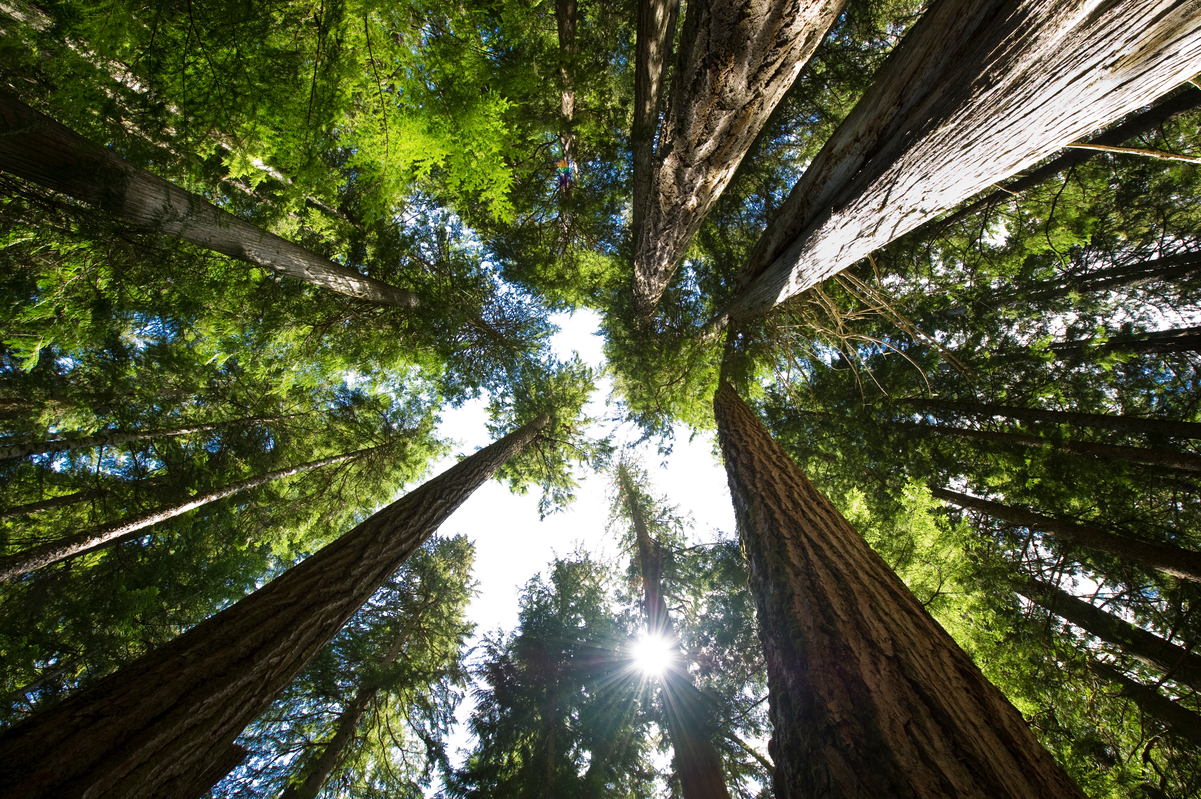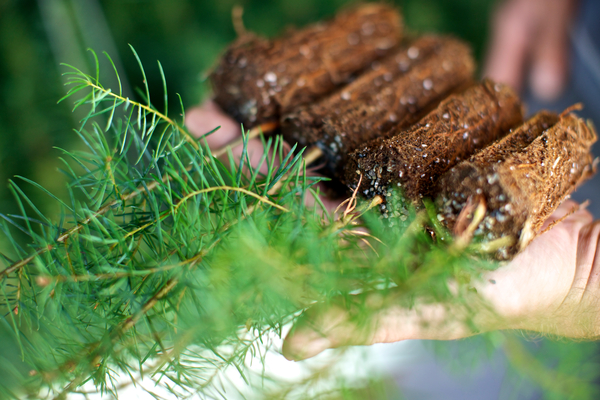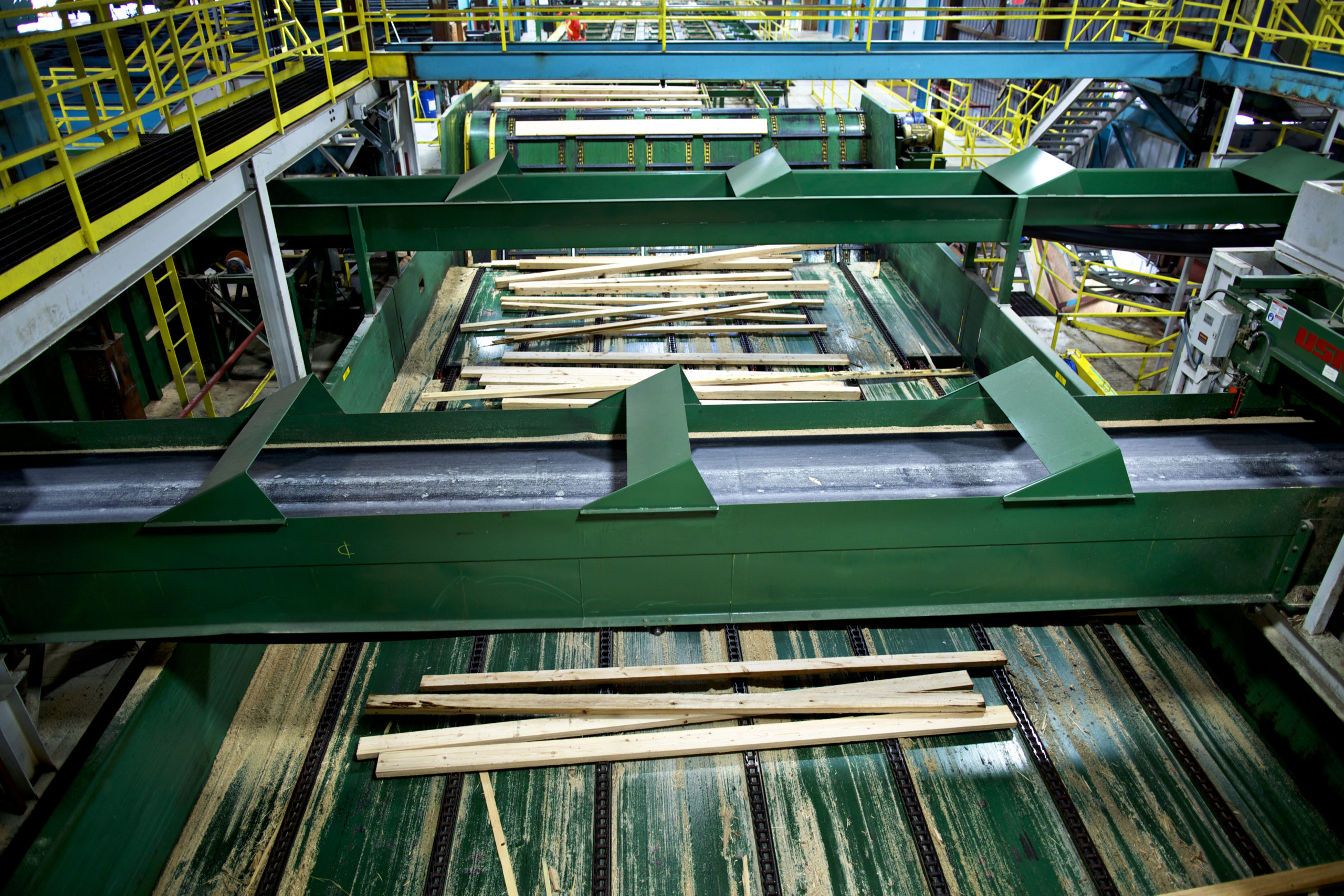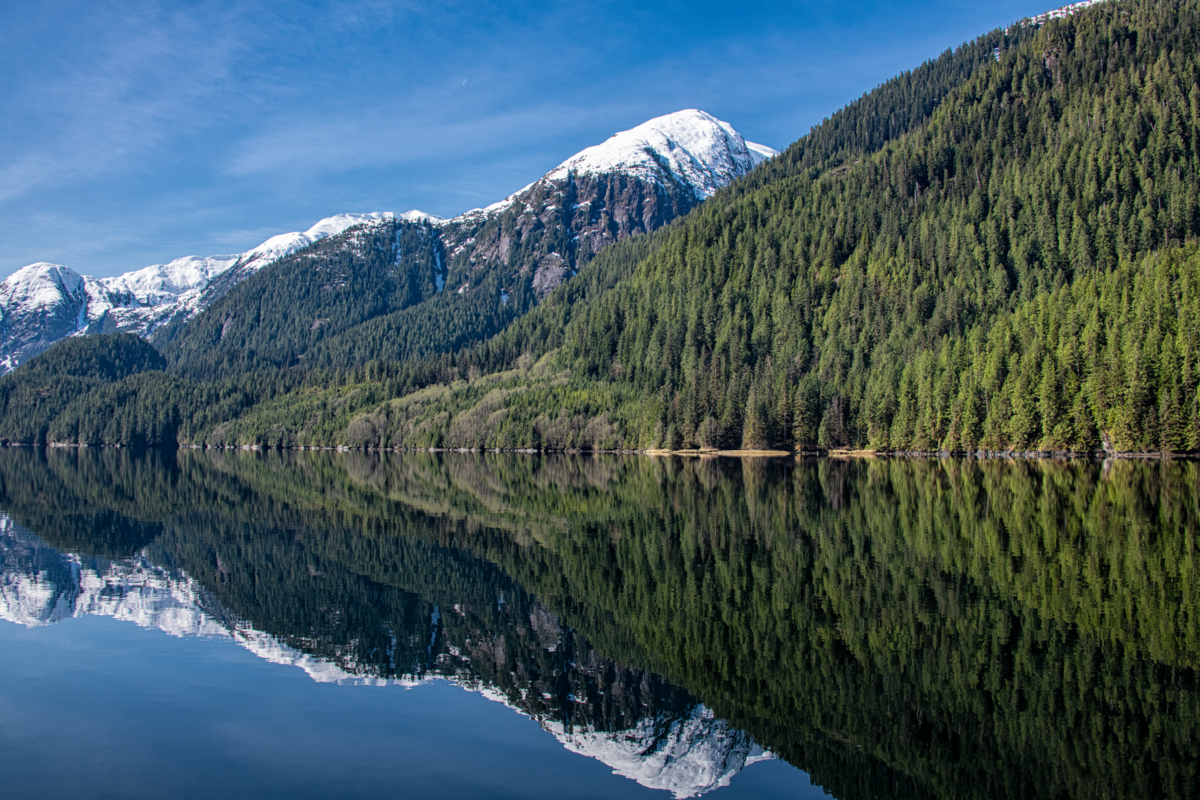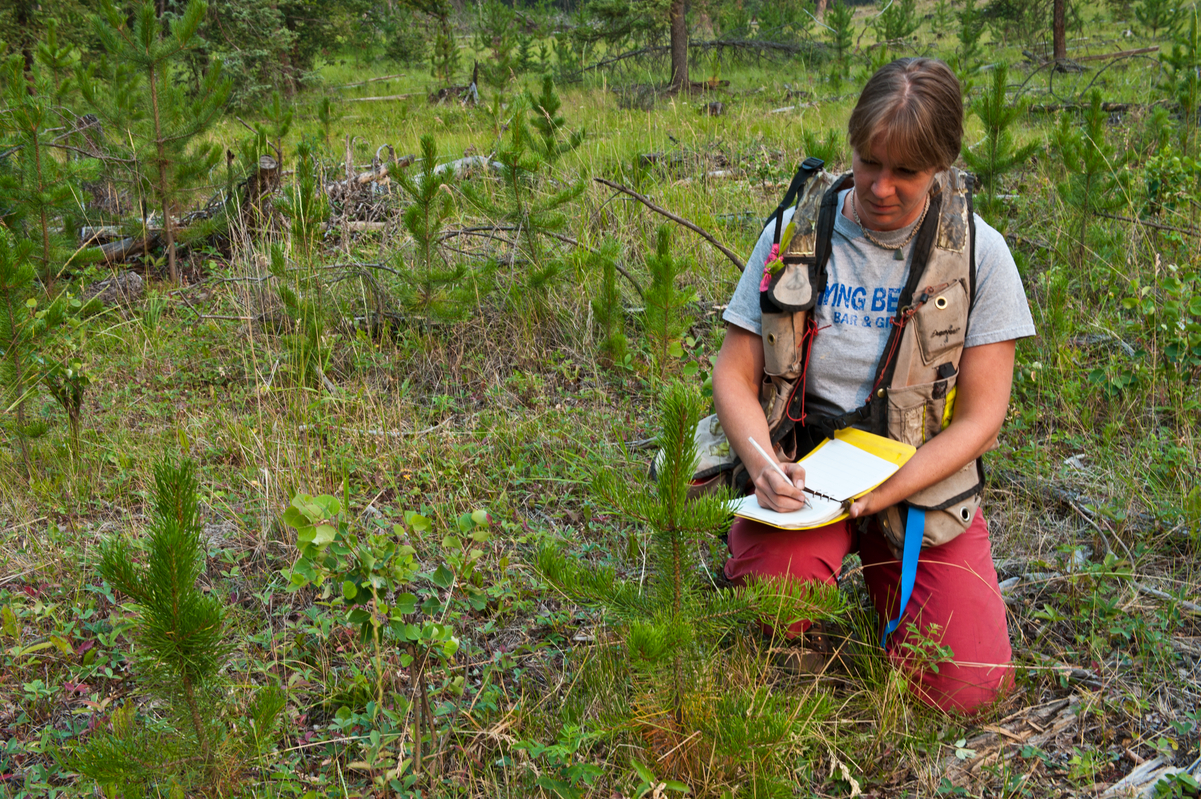Voluntary Process
What is forest certification?
Forest certification is a voluntary process conducted by an independent third party that assesses the sustainability and quality of a company’s forest management against a set of defined standards. Certification and related product labelling inform customers and the public about wood products that come from certified forests. Forest management certification examines whether an operation meets a specified set of standards, while chain-of-custody certification (sometimes called CoC certification) verifies that certified material is identified or kept separate from non-certified or non-controlled material throughout production, from the forest to the end-user. To label a product as certified, both forest management certification and chain-of-custody certification are required.
